DATASHEET
POWDERRANGE® 625
Applicable specifications: ASTM F3056
Associated specifications: UNS N06625, AMS5666F, AMS5599G, DIN NiCr22Mo9Nb

Type analysis
Single figures are nominal except where noted.
| Nickel | Balance |
| Iron | 5.00 % |
| Manganese | 0.50 % |
| Titanium | 0.40 % |
| Nitrogen | 0.020 % |
| Chromium | 20.00–23.00 % |
| Niobium | 3.15–4.15 % |
| Silicon | 0.50 % |
| Carbon | 0.10 % |
| Phosphorus | 0.015 % |
| Molybdenum | 8.00–10.00 % |
| Cobalt | 1.00 % |
| Aluminum | 0.40 % |
| Oxygen | 0.030 % |
| Sulfur | 0.015 % |
Description
PowderRange® 625 is a non-magnetic, corrosion and oxidation resistant, nickel-base superalloy. Its outstanding strength and toughness in the temperature range cryogenic to 2000°F (1093°C) are derived primarily from the solid solution effects of the refractory metals, niobium and molybdenum, in a nickel-chromium matrix. The alloy has excellent fatigue strength and stress-corrosion cracking resistance to chloride ions. PowderRange® 625 has excellent weldability in laser and electron-beam additive manufacturing processes. Parts built from PowderRange® 625 can be heat treated and material properties can be varied within a specified range. Parts can be finished by all conventional means, including but not limited to machining, EDM, shot-peening, grit-blast, vibratory polishing, and coatings in both as-built and in heat treated conditions.
Key Properties
- Outstanding strength and toughness in the temperature range cryogenic to 2000°F (1093°C)
- Corrosion and oxidation resistant
- Non-magnetic
Markets
Applications:
- Heat shields
- Furnace hardware
- Combustion liners and spray bars
- Gas turbine engine ducting
- Chemical plant hardware
- Special marine and seawater applications
Powder properties
| Part Number | PowderRange® 625 F | PowderRange® 625 E |
| Application | L-PBF1 | EB-PBF or DED1 |
| Maximum Particle Size | Max 1 wt% > 53 µm2 | Max 10 wt% > 106 μm2 |
| Minimum Particle Size | Max 10 vol% < 15 µm3 | Max 10 wt% < 45 μm2 |
| LSD Percentile | D10, D50, D903, reported | |
| Atomization | Vacuum Induction Melted, Argon Gas Atomized | |
| Apparent Density (G/CM3) | Measured according to ASTM B2124 and reported | |
| Hall Flow (S/50G) | Measured according to ASTM B2135 and reported |
1ASTM/ISO 52900: Laser—Powder Bed Fusion (L-PBF), Electron-Beam Powder Bed Fusion (EB-PBF), Directed Energy Deposition (DED)
2ASTM B214 Standard Test Method for Sieve Analysis for Metal Powders
3 ASTM B822 Standard Test Method for Particle Size Distribution of Metal Powders and Related Compounds by Light Scattering
4 ASTM B212 Standard Test Method for Apparent Density of Free-Flowing Metal Powders Using the Hall Flowmeter Funnel
5 ASTM B213 Standard Test Method for Flow Rate of Metal Powders Using the Hall Flowmeter Funnel
Testing of powder will fulfill certification requirements to Nadcap Materials Testing and ISO/IEC 17025 Chemical, per relevant ASTM procedures
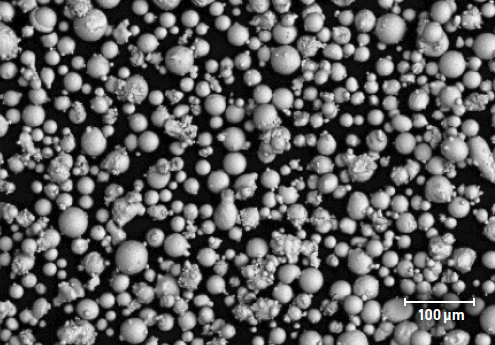
FIGURE 1—SEM IMAGE OF TYPICAL PowderRange 625 POWDER
Additive manufacturing process guidance
ASTM F3056: ADDITIVE MANUFACTURING NICKEL (UNS N06625) WITH POWDER BED FUSION
Laser-Powder Bed Fusion(L-PBF)
PowderRange 625 for additive manufacturing is compatible with all commercially available L-PBF equipment.
To achieve mean, as-built density >99.9%, 20 to 60 μm layer thicknesses and Specific Energy ≥ 65 J/mm3 is recommended.
Stress relief or anneal (SR or AN)
Stress relief, typically performed at the annealing temperature, may be performed per AMS2774, i.e. 1900°F (1038°C) for 1 hour followed by air cooling, or substitute Solution Annealing per AMS2774, i.e. 2150°F (1177°C) followed by rapid air cooling or faster for higher ductility.
Hot Isostatic Pressedcondition (HIP)
We recommend HIP as standard practice for microstructure homogenization; removal of residual spatter-induced voids, trapped gas porosity in powder and keyhole porosities; as well as to heal any shrinkage-induced micro-cracks in the material.
To achieve up to full density (100%): Process components per ASTM F3056 section 13: minimum pressure of 14.5 ksi (100 MPa) at a temperature of approximately 2087°F (1141°C) for 240 minutes in argon.
Machinability
Low cutting speeds, rigid tools and work piece, heavy equipment, ample coolant, and positive feeds are general recommendations.
TYPICAL MICROSTRUCTURES
CONDITION
TRANSVERSE (X-Y PLANE)
LONGITUDINAL (Y-Z PLANE)
NOTES
As-built
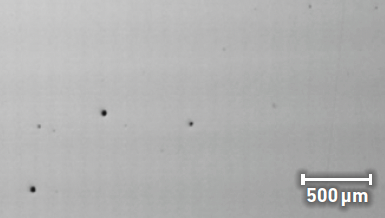
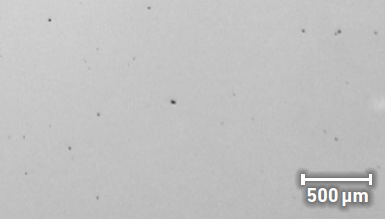
Mean densities greater than 99.9%
HIP
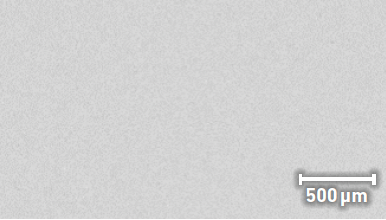
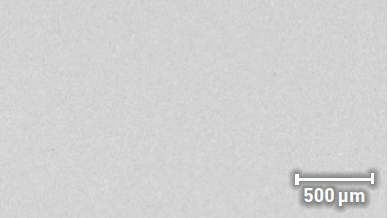
Up to 100% density
As-built, etched6
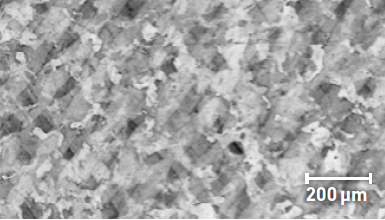
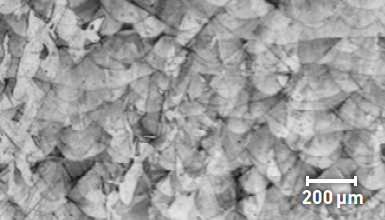
Clean weld tracks visible
Minimal spatter porosity
SR, etched6
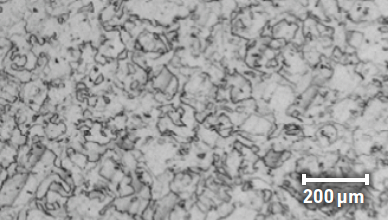
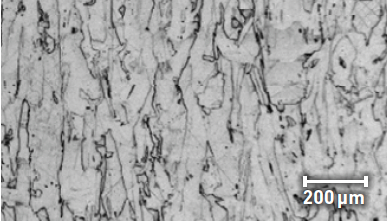
Non-equiaxed / anisotropic features and properties with grains aligned along z-axis Grain size ASTM 4-6 (average 5)7
HIP, etched6
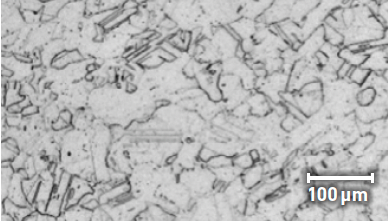
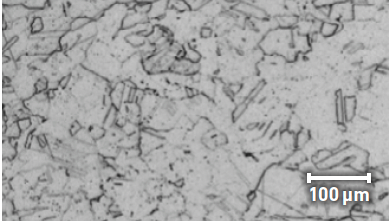
Equiaxed grains Grain size ASTM 4-57
6 Etched with Waterless Kalling’s Reagent
7 ASTM E112-13 Standard Test Method for Determining Average Grain Size
Typical achievable mechanical properties

8 Average of a minimum of 5 samples taken from across the extents of a build plate in each orientation and for each heat treatment. Testing performed in accordance with ASTM E8/E8M-16a (tensile), ASTM E23-18 (impact energy) and ASTM E18-19 (hardness). Additional data may be available through a wide range of consortia and other collaborations. Please contact Carpenter Additive for additional information.
9 ASTM F3056-14 Room Temperature Classification “A, B, and C” Minimum Tensile Properties
Corrosion resistance
PowderRange 625 withstands many corrosive environments. In alkaline, saltwater, fresh water, neutral salts, and in the air, almost no attack occurs. The nickel and chromium provide resistance to oxidizing environments. Nickel and molybdenum provide for resistance to nonoxidizing atmospheres. Pitting and crevice corrosion are prevented by molybdenum. Chloride stress-corrosion cracking resistance is excellent. The alloy resists scaling and oxidation at high temperatures.
IMPORTANT NOTE: The following 4-level rating scale (Excellent, Good, Moderate, Restricted) is intended for comparative purposes only and is derived from experiences with wrought product. Additive manufactured material may perform differently; corrosion testing is recommended. Factors that affect corrosion resistance include temperature, concentration, pH, impurities, aeration, velocity, crevices, deposits, metallurgical condition, stress, surface finish, and dissimilar metal contact.
| Nitric Acid | Good |
| Phosphoric Acid | Excellent |
| Sodium Hydroxide | Excellent |
| Sea Water | Excellent |
| Humidity | Excellent |
| Sulfuric Acid | Good |
| Acetic Acid | Excellent |
| Salt Spray (NaCl) | Excellent |
| Sour Oil/Gas | Excellent |
Similar materials
| Company |
| Other Generic Names |
| 3D Systems |
| GE (Concept Laser) |
| EOS |
| DMG Mori (Realizer) |
| Renishaw |
| SLM Solutions |
| Alternative Title |
| Inconel 625, Alloy 625, Nickel 625 |
| LaserForm Ni625 |
| Nickel 625 |
| NickelAlloy IN625 |
| – |
| In625-0402 |
| IN625 |
For additional information, please
contact your nearest sales office:
The mechanical and physical properties of any additively-manufactured
material are strongly dependent on the processing conditions used to
produce the final part. Significantly differing properties can be obtained by
utilizing different equipment, different process parameters, different build
rates and different geometries. The properties listed are intended as a
guide only and should not be used as design data.
The information and data presented herein are typical or average values
and are not a guarantee of maximum or minimum values. Applications
specifically suggested for material described herein are made solely for the
purpose of illustration to enable the reader to make his/her own evaluation
and are not intended as warranties, either express or implied, of fitness for
these or other purposes. There is no representation that the recipient of
this literature will receive updated editions as they become available.
Unless otherwise specified, registered trademarks are property of
CRS Holdings Inc., a subsidiary of Carpenter Technology Corporation.

